Hi. I’m new here. This is my first article for Muddy Colors. So… yeah. Weird, huh?
If anyone reading this knows me or has heard of me, it’s likely due to the work I’ve done for Magic: the Gathering. I’ll be getting to some of that work down the road, but I thought talking about a personal work was a better introduction. Plus I actually took some process images of this piece, so there’s that.
Anyway…
Last year, I was asked to be in a gallery show whose theme was “Time.” The thing about that theme is that it’s maddeningly vague, yet somehow maddeningly specific, not to mention all-encompassing. The image, therefore, could almost be of anything. After all, it could be argued that the very act of painting itself is about time so to an extent the image could (theoretically) be inconsequential. Because of the breadth of the subject, I decided to narrow focus and give myself three guidelines.
Guideline 1: There could be no clocks, sundials, metronomes, or any other time-telling device.
Guideline 2: It had to be devoid of common fantasy painting tropes such as dragons, goblins, elves and such.
Guideline 3: It couldn’t overtly be about death, so no grim reapers or blatant death symbolism.
And that’s kind of it. Unfortunately, it turned out that these guidelines didn’t narrow focus enough. Consequently, I went through a lot of thumbnails and sketches and tossed away a lot of ideas. Much frustration ensued.
The breakthrough came from something very simple. There’s a bit of writing advice that I’m sure many reading this are familiar with: write what you know. I took that advice but (obviously) replaced the word “write” with “paint” (deep, right?). I began to ponder not a broad, universal conception of time, but rather just my own experience with time, my memories, and the feelings these things conjured.
It started with a chair. My grandmother lived on a farm in Pennsylvania and when I9 was a little boy, my family and I visited her nearly every weekend. On the farmhouse porch there was a collection of mismatched chairs. Among them were several metal lawn chairs. I think they were from the 1940’s or 1950’s, though it’s possible they were even older than that. The chairs were a kaleidoscope of chipped paint and rust spots, and it was on these chairs that my sisters and I would sit on hot, summer days, drink iced tea, and talk to my grandmother. I can vividly recall the scrape of the rust against my arms and legs as I fidgeted, and in my mind can see the stains those same rust spots left on my skin, despite attempts to brush them away. I can remember it all like it was yesterday, but it was three and a half decades ago.
Time.
The setting of the piece was inspired by the Oregon and Washington coasts, which I have become acquainted with in recent years. The coast of the Pacific Northwest is in many places is an amazing mix of gorgeous sand beaches, jutting rock formations, and more driftwood than I ever could have imagined. The Pacific Ocean’s ebb and flow, the layers of rock dating back millions of years, the erosion of water and wind.
More time.
Lastly, the bird. This ended up being the forth piece in a series of flaming bird pieces I have done. This one is different from the others both in palette and focus. What the bird is, what it represents, well, I leave that to you.
Time plus a bird…that’s on fire.
I had the ingredients. I just had to put them all together. My sketch in this case was done digitally. In fact, my sketches are increasingly done so. This is mostly owing to the fact that I can get a bunch of ideas out in several layers quickly, then edit, combine, and rearrange them to my heart’s content. Convenient, too, that I then end up with a file I can digitally project and transfer onto my final surface. Normally, I don’t go as far as full-color sketches, but in this case, I wanted to be sure I nailed down as much as I could since I was doing this piece between assignments and later as during some home renovations.
I have a lot of strange habits when painting (or so I’ve been told) and this is one of them. Often times I will develop an area of a painting’s focal point right off the bat. I’ll end up getting pretty close to the full value range in that area, and I’ll sometimes get it fairly close to completion. I then use that initial, more developed area to compare everything else to as I bring the rest of the painting up to speed.
A habit I picked up in school that I’ve never been able to completely shake is extreme frugality in the use of paint. (I didn’t have a lot of money and I went to school in New York City. Also, paint isn’t cheap.) I probably could have gotten to the finish sooner in various areas of the painting if I’d just been less stingy with the paint. Instead, as I often do, I built the piece up in thin layers.
Throughout the process I constantly bounce around the piece, addressing large areas and then adjusting my focal point accordingly. With each visit back to the focal point, that area gets a step closer to completion and usually gains further embellishment.
The flames were the last bit I completed. I don’t know why I saved them to the end, but I relished the few minute it took to bring them to full realization. Even signing the piece was less enjoyable.
The finished painting is oil on gessoed hardboard and measures twenty-four inches wide, by eighteen inches tall. It is called “Waiting Room,” and it is easily the most personal painting I’ve done in a long, long time.
Hopefully, there’s a nugget or two in this post that’s of value or interest to you. At the very least, perhaps someone reading this will consider mining the vast catalog of what they know the next time they’re stuck not knowing what to paint. The memories and associations lurking in our brains can be deep dives and full of amazing things. Giving them a chance to boil up can yield endless inspiration and can often times be more than a little cathartic. Such impressions can be the seeds of ideas or embellish the ideas you already have. And while they may not seem useful to genre work, you may not want to dismiss your memories outright. They just might take your genre work to another level—or another place entirely—and provide authenticity your work might not have had otherwise—even if that authenticity is something only you know about.


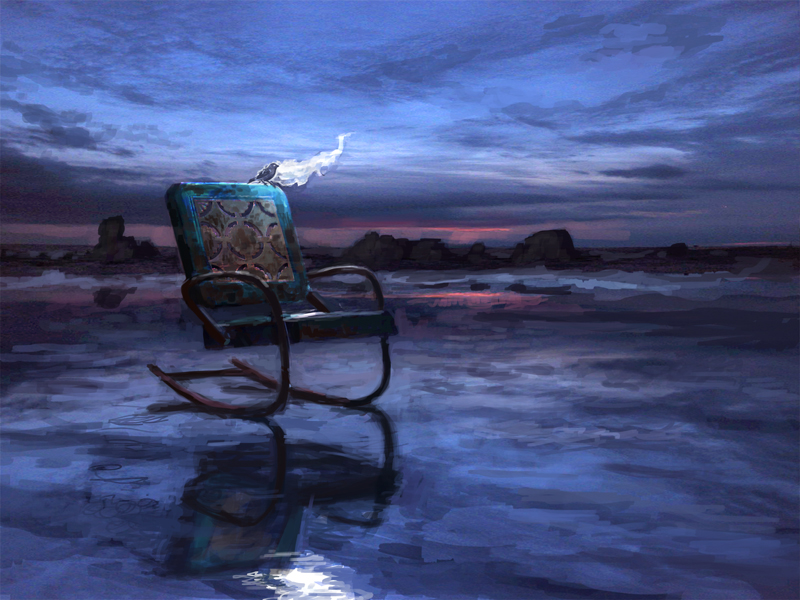











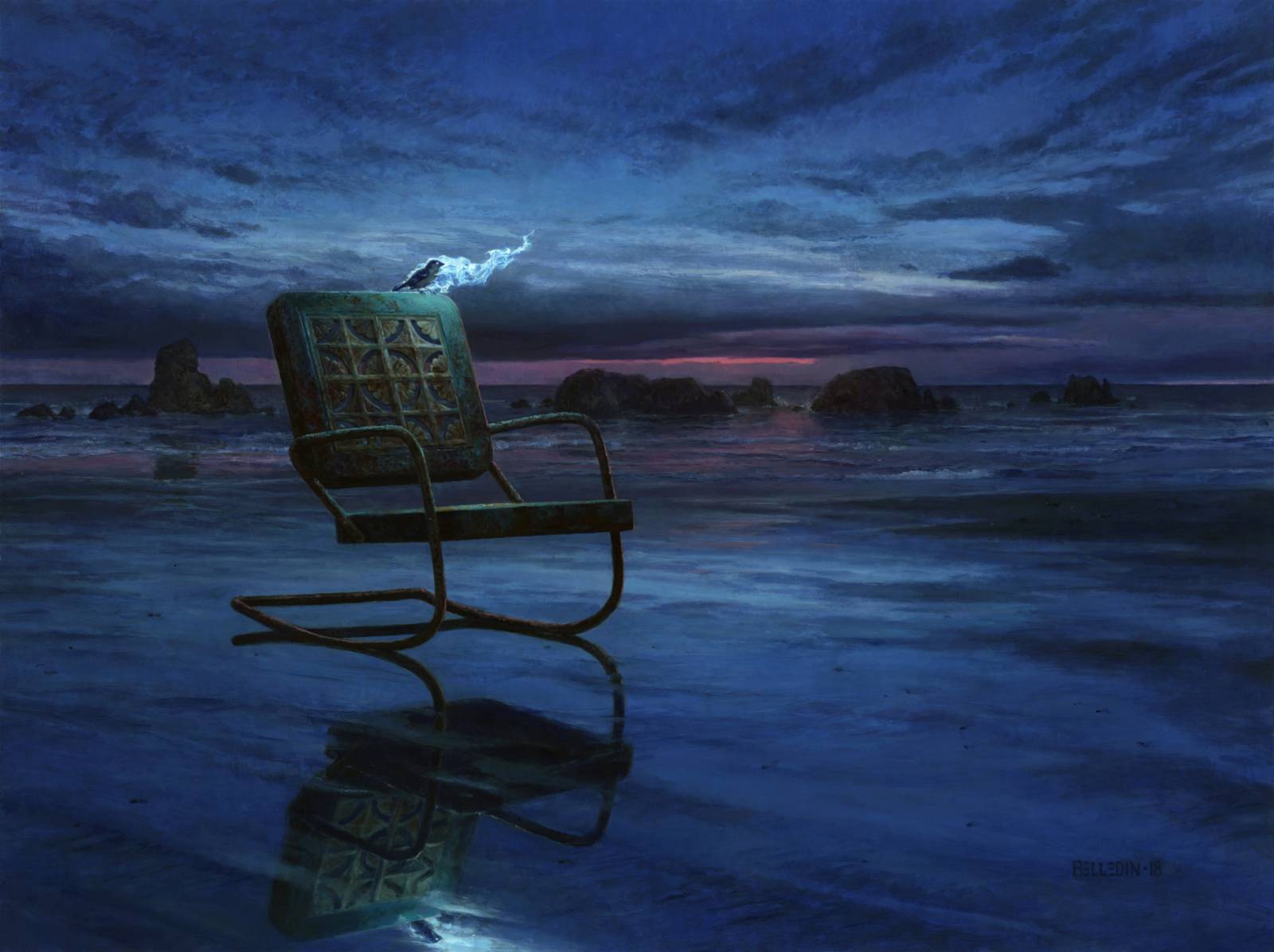
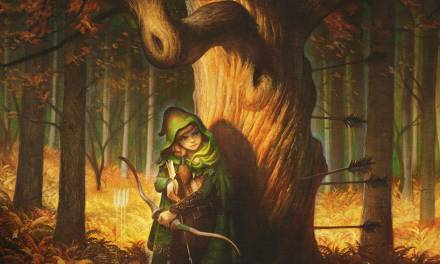
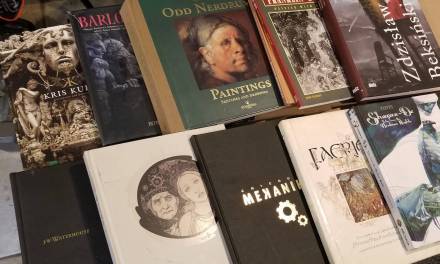
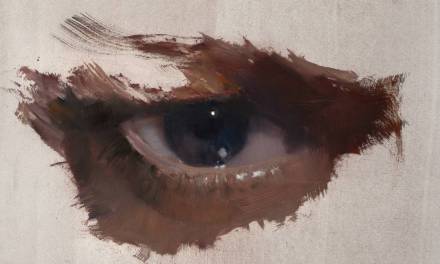
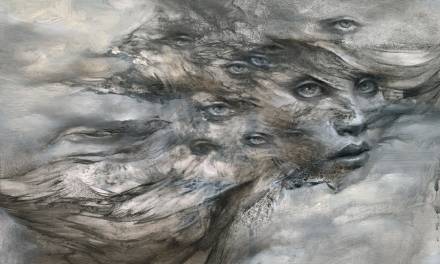
Very cool interpretation. This really hit home for me, because I too spent most of my childhood visiting my grandmother on weekends, being lavished with food, love, and memorable conversation.
My parents’ divorce, her failing health and mental cognition, and the busy lives of the adults we all grew up to be made those occasions all but come to a grinding halt.
I wish I could have them back, but at best, all we can do is talk about them or memorialize them, as you have. Excellent work.
Hello Steven,
It’s a pleasure reading you on Muddy Colors, I fallen in love with your piece “Surrender” (the vertical one, not the horizontal version for MTG) and I became an a fan of your art since that, I am very excited about your participation here.
Beautiful first post. This painting is so melancholy, it has a tremendous power to contemplation.
Kind Regards.
interesting articles and this is my first first reading a very interesting
i hape i can share this page, i hope you get more visitore